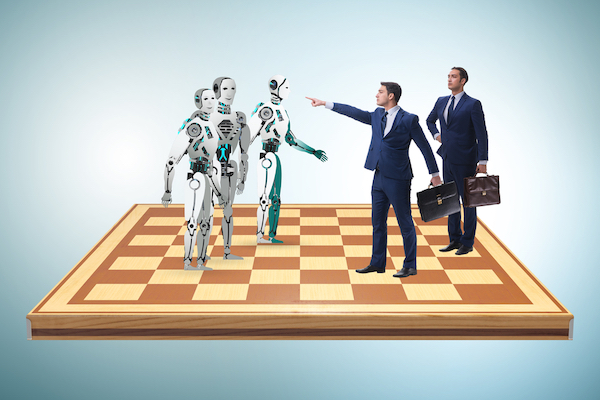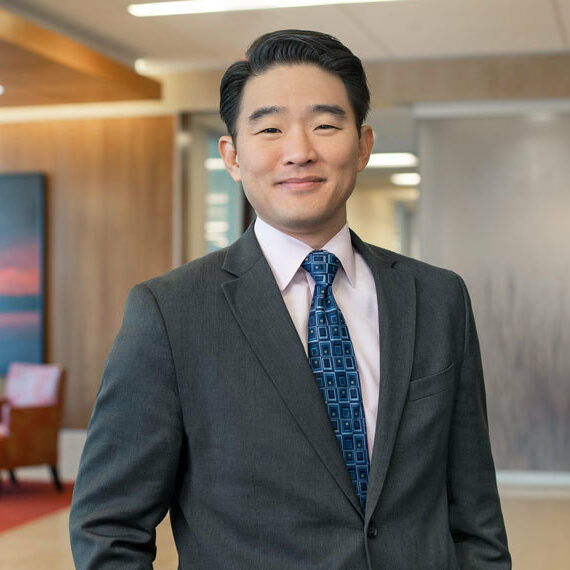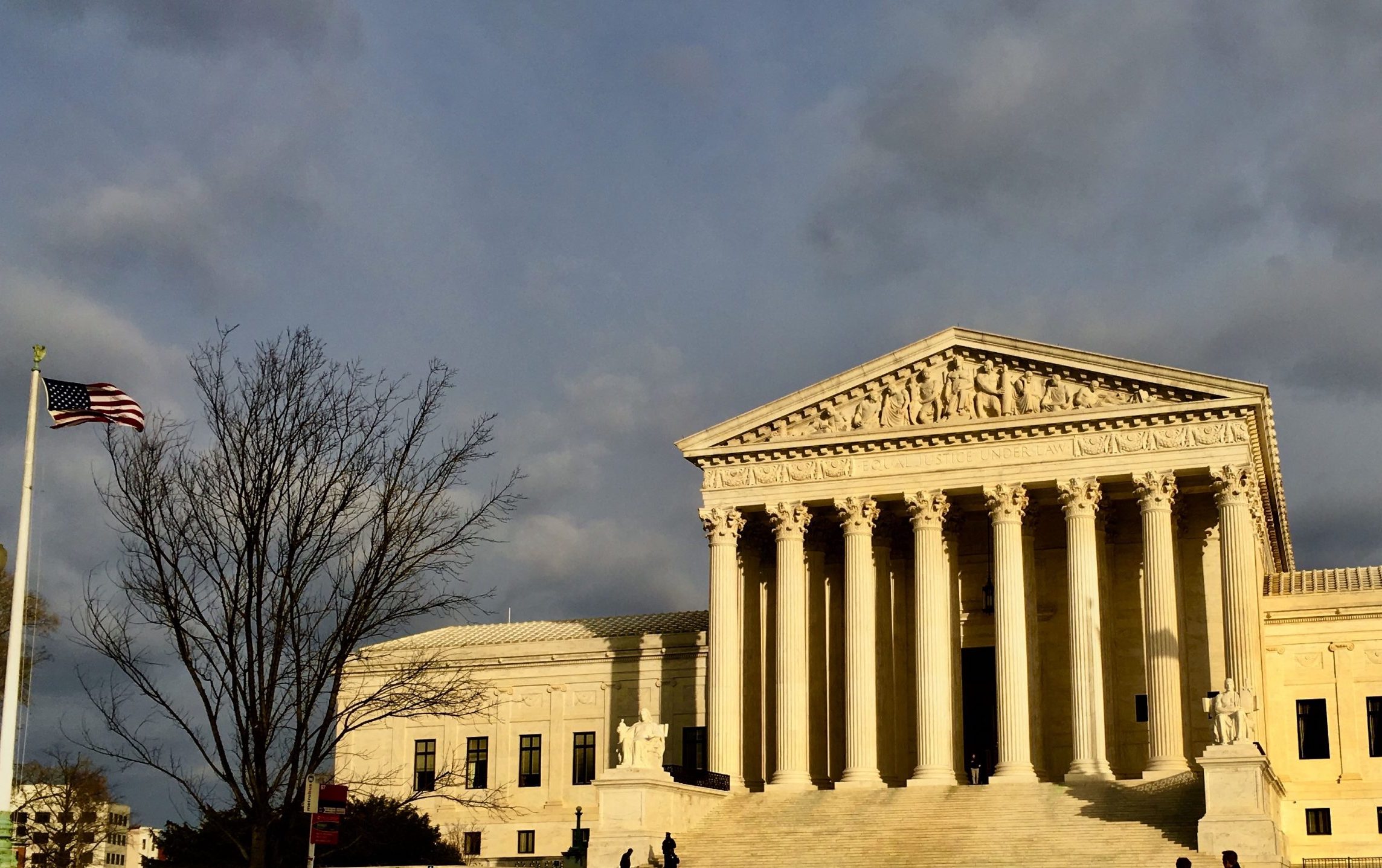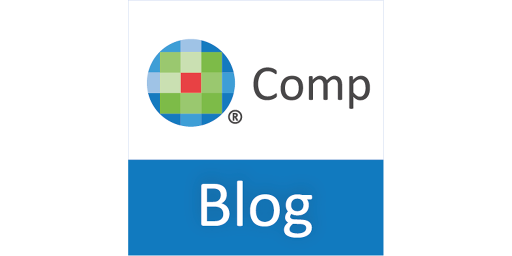Adjusting Practices to Capture Human Contribution
“Companies should update their invention disclosure protocols to encompass inquiries about the utilization of AI in the inventive process.”
As artificial intelligence (AI) systems become increasingly sophisticated and play a greater role in our society, questions surrounding patentability and inventorship have come to the forefront of intellectual property discourse. This is particularly so in the wake of Thaler v. Vidal, 43 F. 4th 1207, 1213 (Fed. Cir. 2022), cert denied, 143 S. Ct. 1783 (2023), in which the Federal Circuit held that “only a natural person can be an inventor, so AI cannot be.” The U.S. Patent and Trademark Office (USPTO) recently issued guidance aimed at addressing these concerns.
The USPTO’s guidance, published in the Federal Register on February 13, 2024, clarifies that while an AI system itself cannot be designated as an inventor under current U.S. patent law, an invention developed with the assistance of an AI system may still be deemed patentable, provided that a human made a “significant contribution” to the invention. This distinction underscores the view that AI should be perceived as a tool and, as with any other tool, its use “does not preclude a natural person(s) from qualifying as an inventor (or joint inventors) if the natural person(s) significantly contributed to the claimed invention.” Emphasizing the requirement for human involvement, the USPTO made clear that each claim of the patent or patent application must reflect significant human contribution, cautioning that any claim in which at least one human did not significantly contribute would be invalid.
Open Questions
While this significant contribution requirement is not new – any person who makes a significant contribution to at least one claim can be properly named as a joint inventor of an invention – the USPTO recognized the unique challenges posed by AI-assisted inventions, issuing a non-exhaustive list of guiding principles to assist in determining the extent of a human’s contribution in the context of AI-assisted inventions. For example, the guiding principles specify that merely recognizing a problem and presenting it to an AI system may not be enough to establish inventorship, whereas constructing a prompt in view of a specific problem to elicit a particular solution from the AI system could be. However, this raises further questions, particularly regarding the level of specificity and complexity required in formulating such prompts to be more than the mere presentation of a problem.
Time to Update Practices
The USPTO also underscores the obligation of candor and good faith incumbent upon all parties involved in patent filings, extending this duty to disclosing instances where AI substantially contributed to an invention without significant human involvement. Although AI systems cannot legally be named as an inventor, practitioners will need to have a comprehensive understanding of the AI’s role in the creation of an invention, as well as the specific human involvement, so that the claims can be effectively drafted around the human contributions. In practice, companies should update their invention disclosure protocols to encompass inquiries about the utilization of AI in the inventive process. Additionally, practitioners are advised to inquire about the origin, development and training processes of the AI system. In an ideal world, detailed records of all the AI’s inputs and outputs, as well as the models and datasets used in its training and evaluation, would be saved in case they are needed later to serve as crucial evidence of human involvement in the invention process.
The Guidance Will Evolve
With its ability to generate novel solutions, optimize processes, and even mimic human creativity, AI stands out as a transformative force, reshaping industries and challenging traditional legal frameworks. The USPTO recognizes that the guidance concerning AI-assisted inventions is an iterative process, with inventorship and determining the significance of a human contribution to an invention representing areas ripe for further clarity and refinement.
Image Source: Deposit Photos
Author: Elnur_
Image ID: 433448038
David S. Kim
David Kim is a partner with Stinson. With an entrepreneurial bent and a background in systems engineering and e-commerce, David thrives on helping clients secure and protect their IP rights […see more]
Steven N. Levitt
Steven N. Levitt is an Associate with Stinson. With a focus on mechanical, software and computer system patents, Steven handles the preparation and prosecution of foreign and domestic patents applications. […see more]








